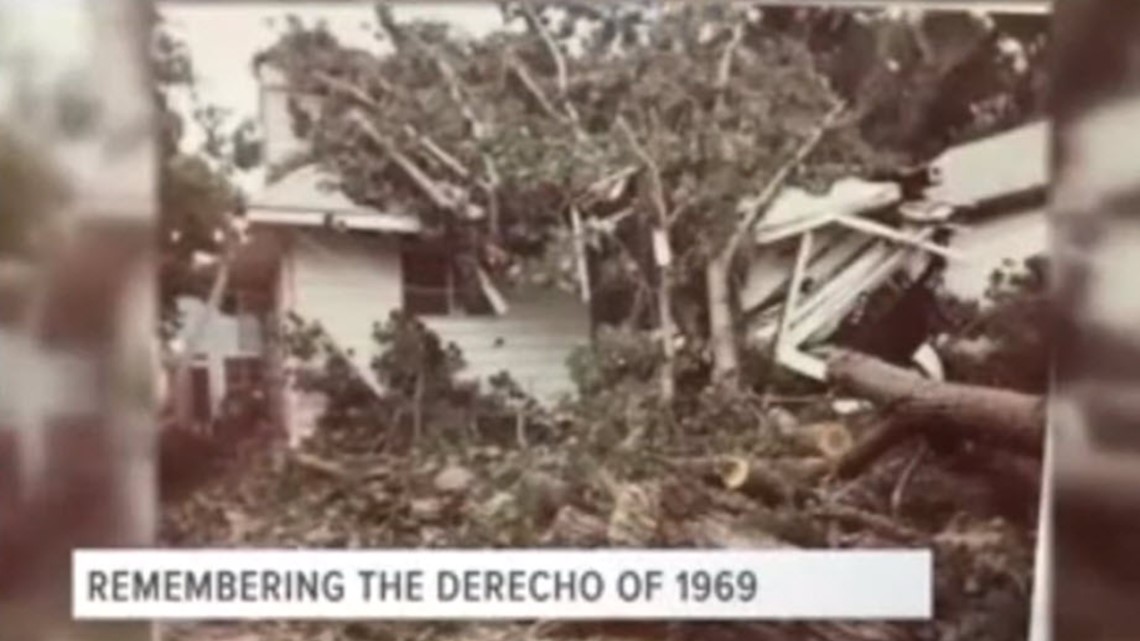TOLEDO, Ohio — July 4th, for some reason is a day of consequence in the Toledo area. Not just for the obvious anniversary of our nation's birth, but for other events that occurred in later years.
This year, 2019 is a special year because it was 100 years ago on July 4th that Toledo became a focal point of the sports world when one of the most famous boxing match ups in history took place in our fair city.


Bayview Park, on the site of the current wastewater treatment plant is where scores of thousands watched young upstart Jack Dempsey give existing champion Jess Willard the beating of his life. Dempsey is said to have broken Willard's jaw in the vicious pummeling that was almost as brutal as the mid-afternoon sun which shoved the mercury well past the 100 degree mark. It was a big day in the annals of boxing, and a big day in the legacy of Toledo.
But others events of significance also took place here on or about July 4th.
In 1887, Much of Bowling Green's downtown business district was lost to a massive fire. Over two acres of homes and buildings were leveled by the blaze.
In 1896, history repeated itself when fire wiped out much of Maumee's downtown business district.
And speaking of fires, the historic museum ship, the Success, which had been a notorious Australian prison ship was on display near Port Clinton when it burned and sank into the waters of Lake Erie in 1946.
In the lifetime of many Toledoans who are still around today was the surreal 4th of July weekend of 1979.
Toledo was in the grip of its worst labor crisis in history. City workers, including police and fire, walked off their jobs in a mass strike that left the the city without city services and a profound lack of fire and police crews. That left the city vulnerable to crime and arson and over the course of the first days of July, there were numerous fires, including the Plaza Hotel on Monroe Street. Several areas of homes near downtown were also leveled by a spreading conflagration of flames that sent neighbors, armed with with garden hoses and guns to put out the blazes and protect against looting.
In the midst of the chaos that weekend, a TARTA busdriver was shot to death and TARTA pulled all of its buses out of service. The strike did not end until the 4th of July, but the city remained unsettled for weeks to come.
If that even in 1979 was not enough to fill the headlines, On Saturday morning, July 1st, 1979, a sort of unexpected miracle was announced. Toledoan William Niehaus, an Owens Illinois executive who had been kidnapped in 1976 in Venezuela, had escaped his captors and was free and safe. On Saturday night, July 1st, Niehaus was flown home by an O-I corporate jet and was back home in Toledo by Sunday morning. The whereabouts of Niehaus had been a mystery for years and many in Toledo may have given him up for dead, so the news that he was alive and home was a pleasant disconnected distraction from the dominant and grim news of the city workers strike.
In 1969, 50 years, few people alive at the time will forget the so-called "fireworks derecho." It was an unusual weather event of extremely severe winds and rain and took down trees, houses and barns throughout the region. The dark clouds rolled in early that night and within minutes, several tornadoes were reported and the destruction began. In the Point Place area, the winds tore up several streets and homes, and power was out over a wide area.


A Toledo Edison lineman was killed as he was working on a pole to restore service. Others also died in the chaos of the storm. Damage stretched from Western Ohio to the Pennsylvania border. Scores of boaters in lake Erie were also impacted by the storm, as the wind overturned the boats and kept the Coast Guard and rescue crews busy through the night. It was an unforgettable night of storms and lethal destruction.
RELATED: Today marks 50 years since the Ohio Fireworks Derecho, a storm that killed dozens in northern Ohio
The biggest July 4th story of recent memory is the tragedy in 2000 at Lonz Winery at Middle Bass Island when the stone terrace gave way, injuring over 70 people and killing one. It was one of the worst mass disaster scenarios in Ottawa County, happening on an island on the July 4th holiday. Over 2000 people had crowded into the winery that day for the music and the festive atmosphere, but the weight on the old terrace was too great and it gave way, burying many in the rubble. The Winery has since been sold to the state, has been rebuilt and is part of the popular State Park complex on the Island.


